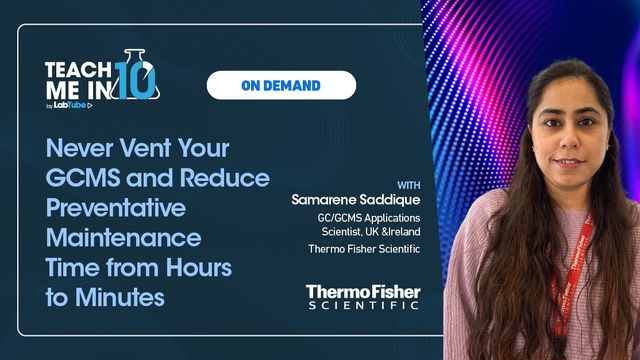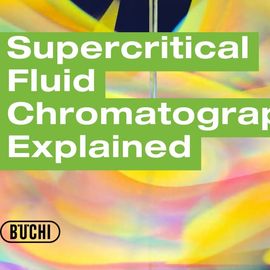Featured Videos
Latest Videos

Video
Discover a Flexible UV-Vis Spectroscopy Solution
Labs rely on UV-Vis spectrophotometers daily to analyze, characterize and quantify samples. However, reliance on older models requires the yearly replacement of deuterium lamps and the need to wait for the instrument to warm up before each use.

Video
Peptide Evolution: A How-To Guide From Synthesis to Final Formulation
Ever wondered how to formulate peptides? Join Dr. Birke Götz, a Purification specialist, and Dr. Tuan Ahn Pham, a Freeze Drying specialist, in our new Teach Me in 10 episode, "Peptide Evolution: A How-To Guide." Learn the best peptide production techniques in under 10 minutes, harnessing chromatography and lyophilization for stable peptide synthesis.
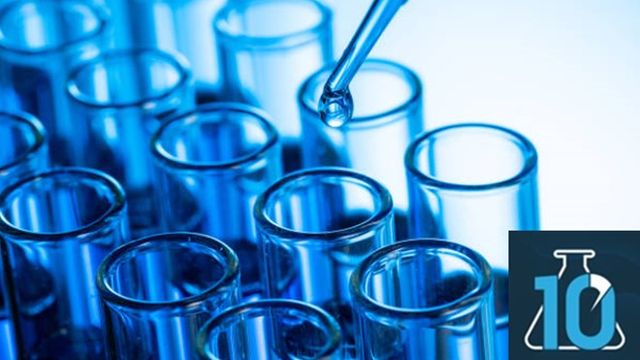
Video
The Future of Pipetting Is Here
In this episode of Teach Me in 10, we are joined by two experts in the field to discuss the future of pipetting.
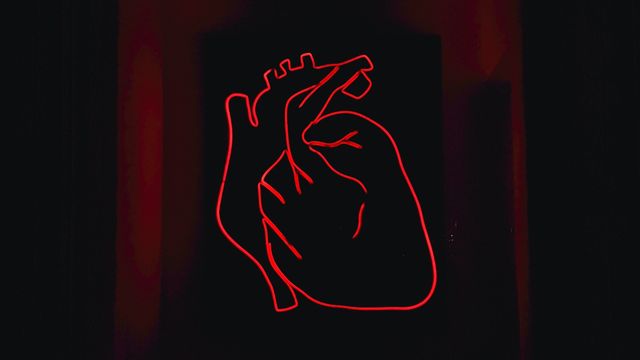
Video
The Very First Beat: How a Heart Starts To Pulse
Using microscopes and glowing fluorescent proteins, researchers have been able to examine the developing heart of zebrafish embryos coordinate the very first beat.
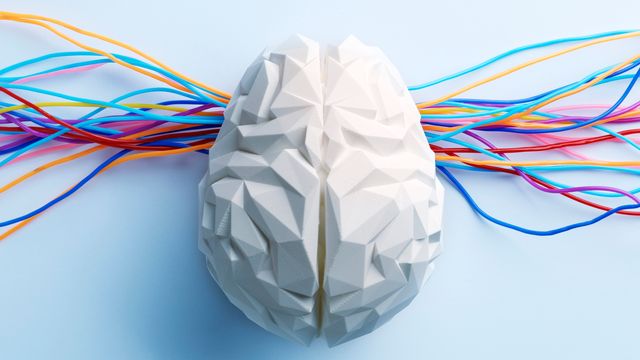
Video
48-Hour Time-Lapse Video Showing Developing Neurons Wins Nikon’s Small World Competition
Dr. Alexandre Dumoulin joined Technology Networks' junior science editor Rhianna-Lily Smith for an exclusive interview to reveal more about their video.
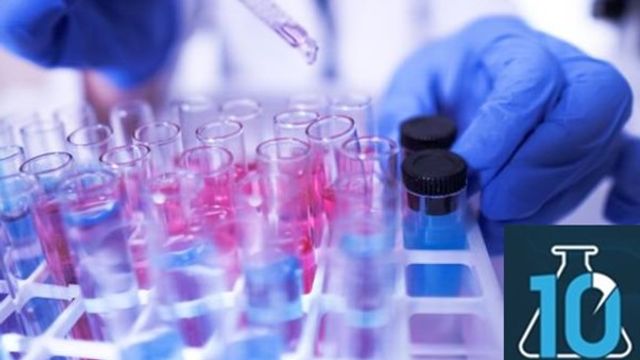
Video
"Environmental Monitoring in Biopharmaceutical Facilities
In this episode we discuss environmental monitoring, regulations, and introduce the Applied Biosystems MicroSEQ™ Rapid microbial ID system.
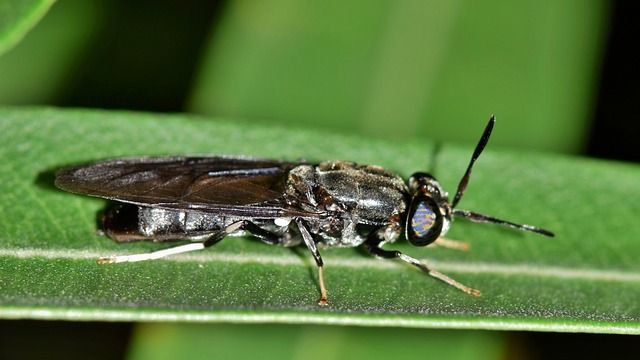
Video
Transforming Flies Into Degradable Plastics
Imagine using insects as a source of chemicals to make plastics that can biodegrade later — with the help of that very same type of bug. That concept is closer to reality than you might expect.
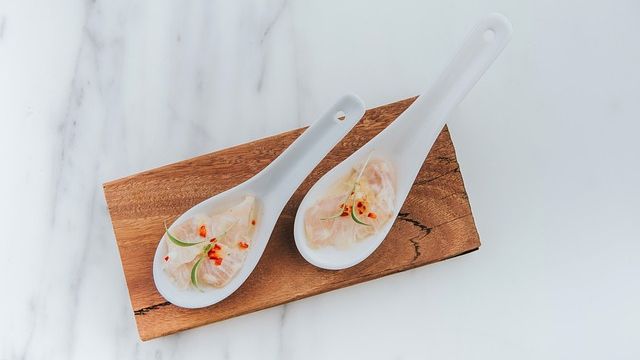
Video
How Is Ceviche "Cooked?"
What does it mean to have cooked something? Most people are probably thinking cooking involves a heat source to break down proteins. But what about ceviche? No heat is used to “cook” it but it still undergoes a process where proteins are denatured.

Video
Recreating the Scent of the Afterlife From Egyptian Mummification Balm
Researchers led by Dr. Barbara Huber have recreated the ancient scent used in the mummification of an Egyptian noblewoman over 3,500 years ago. Dubbed “the scent of eternity,” it will be presented at Denmark's Moesgaard Museum.
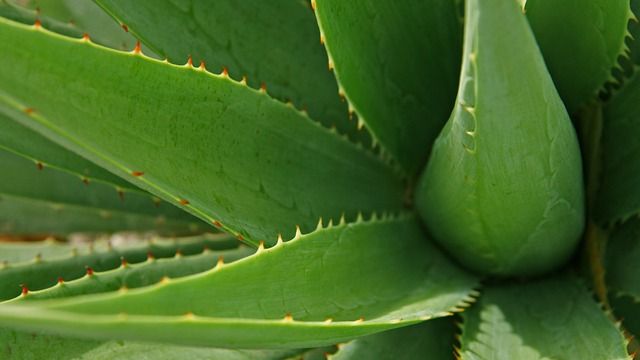
Video
Discarded Aloe Peels Could Be a Sustainable, Natural Insecticide
Scientists report that aloe peels, often discarded as agricultural waste, can ward off bugs, acting as a natural insecticide. They have identified several bioactive compounds in extracts from the peels that deter insects from feasting on crops.
Advertisement
